4 topics:
- General arthritis
- def
- cause
- types
- Osteoarthritis
- ethiopathology
- morphology
- gross
- microscopic
- clinical/radiological features
- management
- Rheumatoid arthritis
- same as above
- Septic arthritis
- ethiopathogenesis
- investigations
- treatment
- Osteoarthritis
General arthritis
Arthritis: Inflammation of one of more joints. (a group of conditions involving damage to the joints of the body)
- There are over 100 different forms of arthritis
- The most common form, osteoarthritis (degenerative joint disease) is a result of trauma to the joint, infection of the joint, or age. Other arthritis forms are rheumatoid arthritis, psoriatic arthritis, and related autoimmune diseases. Septic arthritis is caused by joint infection.
- The major complaint by individuals who have arthritis is joint pain. Pain is often a constant and may be localized to the joint affected. The pain from arthritis occurs due to inflammation that occurs around the joint, damage to the joint from disease, daily wear and tear of joint, muscle strains caused by forceful movements against stiff, painful joints and fatigue.
Causes of arthritis
- Injury
- osteoarthritis
- Autoimmune injury
- joints damage leads to exposure to hidden antigen
- rheumatoid?
- Infections
- Bacterial/viral
- Aging
- Genetics/Hereditary
- Metabolic abnormality
- gout
Risk factors of arthritis
- Genetics
- Age
- Weight
- Previous injury
- Occupational hazards
- High-level sports
- Illness/infection
Classification of arthritis
Clinical features
The traditional names for signs of inflammation:
- Dolor (pain)
- Calor (heat)
- Rubor (redness)
- Tumor (swelling)
- Functio laesa (loss of function)
Inflammation of the joints from arthritis is characterized by pain, joint stiffness, swelling, redness, and warmth. Tenderness of the inflamed joint can be present.
- Pain
- inflammation of capsule, synovium and periosteum
- Swelling
- Inflammation, effusion, differentiation
- Restricted movement/Joint stiffness
- pain
- fluid
- synovial swelling
- damage
- Deformity
- mal-alignment
- erosion
- ankylosis
- Systemic symptoms
- fever
- lymph node swelling
- weight loss
- fatigue
_____________________________________________________________________
Osteoarthritis
- degenerative joint disease
- most common type of arthritis
- characterized by
- progressive erosion of articular cartilage due to biochemical & metabolic changes
- expecially in postmenopausal women
- Causes/Risk factors
- Aging
- Mechanical factors
- Obesity
- Joint deformity
- Genes
- Chr. 2 & 11
- Bone density
- Estrogen levels
- Types of osteoarthritis
- Primary (aging)
- oligoarticular or generalized
- Secondary (younger age)
- cause
- predisposing injury to the joints
- congenital developmental deformity of a joint
- underlying systemic disease such as diabetes, ochronosis, hemochromatosis, or marked obesity
Pathogenesis
As mentioned earlier, articular cartilage is the major target of degenerative changes in osteoarthritis. Normal articular cartilage is strategically located at the ends of bones to perform two functions:
- (1) bathed in synovial fluid, it ensures virtually friction-free movements within the joint
- (2) in weight-bearing joints, it spreads the load across the joint surface in a manner that allows the underlying bones to absorb shock and weight without being crushed.
These functions require the cartilage to be elastic (i.e. to regain normal architecture after being compressed) and for it to have unusually high tensile strength.
- These attributes are provided by the two major components of the cartilage
- a special type of collagen (type II)
- proteoglycans
- both secreted by chondrocytes.
- As is the case with adult bones, articular cartilage is not static; it undergoes turnover in which "worn out" matrix components are degraded and replaced.
- This balance is maintained by chondrocytes, which not only synthesize the matrix but also secrete matrix-degrading enzymes. Thus, the health of the chondrocytes and their ability to maintain the essential properties of the cartilage matrix determine joint integrity
- In osteoarthritis, this process is disturbed by a variety of influences.
- aging
- mechanical effects
- occurrence in weight-bearing joints
- genetic factors
Osteoarthritis is characterized by significant changes in both the composition and the mechanical properties of cartilage.
These changes causes reduce the tensile strength and the resilience of the articular cartilage:
- The degenerating cartilage contains
- increased water
- decreased concentration of proteoglycans
- Weakening of the collagen network
- presumably caused by decreased local synthesis of type II collagen
- increased breakdown of pre-existing collagen.
- Increased levels of certain molecular messengers
- IL-1
- TNF
- nitric oxide
- Increased apoptosis
- responsible for a decrease in the number of functional chondrocytes.
In response to these regressive changes, chondrocytes in the deeper layers proliferate and attempt to &quo
t;repair" the damage by producing new collagen and proteoglycans.
- Although these reparative changes are initially able to keep pace with the deterioration of cartilage, molecular signals causing chondrocyte loss and changes in the extracellular matrix, as noted earlier, eventually predominate.
- And therefore resultant effect of these changes causes degeneration of the cartilage.
Morphology
- Inflammation
- Granular articular surface softer than normal
- eventual shedding of the full thickness of articular surface
- exposing the subchondral bone plate

- Bone eburnation
- Friction smoothes and burnishes the exposed bone, giving it the appearance of polished ivory

- Sclerosis
- of the underlying cancellous bone
- Small fractures
- through the articulating bone are common, and the dislodged pieces of cartilage and subchondral bone tumble into the joint, forming loose bodies
- joint mice

- Sub-chondral Synovial cysts
- The fracture gaps allow synovial fluid to be forced into the subchondral regions in a one-way, ball-valve-like mechanism.
- The loculated fluid collection increases in size, forming fibrous walled cysts.

- Mushroom-shaped osteophytes (bony outgrowths)
- develop at the margins of the articular surface and are capped by fibrocartilage and hyaline cartilage that gradually ossify.
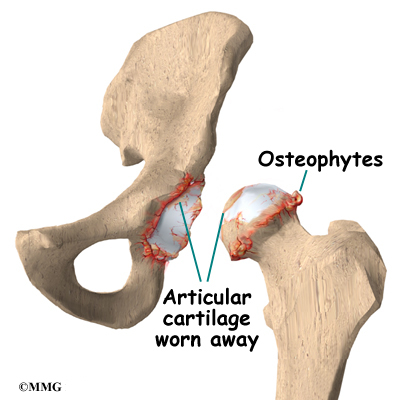
- In severe disease, a fibrous synovial pannus covers the peripheral portions of the articular surface.
Clinical/Radiological features
Common sites:
Clinical features:
Radiological features

- loss of joint space
- non uniform
- Destruction of medial cartilage and the subchondral cortex
- osteophytes
- lipping
- subchondral cyst formation
- subchondral sclerosis
- ankylosis
- deformity
- dyslocation
- varus deformity knee
- inward angulation of the distal segment of a bone or joint
- opposite: valgus
Investigation
- Blood results usually normal
- Xray is usually diagnostic
Treatment
- Reduce weight
- Exercise
- Analgesics/NSAIDs
- Surgery
_____________________________________________________________________
Rheumatoid arthritis
- Definition:
- autoimmune disease characterised by chronic inflammation of the synovial membrane of the joint OR
- Chronic Multisystem autoimmune inflammatory disorder primarily affecting joints producing a proliferative synovitis that often progresses to destruction of the articular cartilage and ankylosis
- The hallmark feature of the disease is persistent symmetric polyarthritis (synovitis) that affects the hands and feet, although any joint lined by a synovial membrane may be involved
- Chronic systemic inflammatory disorder
- affect many different tissues/organs
- heart
- blood vessels
- skin
- lungs
- muscles
- Clinical features
- swelling
- stiffness
- producing a nonsuppurative proliferative and inflammatory synovitis that often progresses to destruction of the articular cartilage and ankylosis of the joints
- systemic symptoms
- loss of appetite
- low grade fever
- anemia
- nodules under skin
- cardiovascular/pulmonary complications
- affects lungs, eyes, bone marrow
- Risk factors
- Female
- HLA DR4
- Etiology
- Genetic susceptibility
- strong association with HLA DR4
- other genes within MHC
- ζ-associate-protein of 70 kDa (ZAP-70)
- promoter region of the TNF-α and IL-1 genes
- IL-15
- induces macrophage TNF-α production by the activation of T cells
- IL-6
- promotes generation of osteoclasts – promotes excessive bone deformation
- Environmental factors
- Hormonal factors
- oestrogen & progesterone
- may cause elevated blood pressure
- fetal growth retardation
- caesarean deliveries
symptoms improve during pregnancy
Pathogenesis
It is believed that RA is an autoimmune disease triggered by exposure of a genetically susceptible host to an unknown arthritogenic antigen. It is the continuing autoimmune reaction, with activation of CD4+ helper T cells and other lymphocytes, and the local release of inflammatory mediators and cytokines that ultimately destroys the joint.
Therefore, the key considerations in the pathogenesis of the disease are (1) the nature of the autoimmune reaction, (2) the mediators of tissue injury, (3) genetic susceptibility, and (4) the arthritogenic antigen(s). We discuss what is known about each of these.
- Autoimmune reaction in RA
- consists of activated CD4+ T cells, and probably B lymphocytes
- T cells stimulate other cells in the joint to produce cytokines that are central mediators of the synovial reaction
- Joint injury
- Cytokines are believed to play a pivotal role, and the most important of these cytokines are
- TNF and IL-1
- Both are probably produced by macrophages and synovial lining cells that are activated by the T cells in the joint.
- TNF and IL-1, in turn, stimulate synovial cells to proliferate and produce various mediators of inflammation (such as prostaglandins), and matrix metalloproteinases that contribute to cartilage destruction.
- Activated T cells and synovial fibroblasts also produce RANKL
- which activates osteoclasts and promotes bone destruction.
- Thus, a chain of events is set up that leads to progressive joint damage.
- The hyperplastic synovium rich in inflammatory cells becomes adherent to and grows over the articular surface, forming a pannus, and stimulates resorption of the adjacent cartilage.
- In the end, the pannus produces sustained, irreversible cartilage destruction and erosion of subchondral bone.
- The realization of the important roles of TNF and IL-1 is the basis for the successful use of anticytokine therapy, especially against TNF
- Genetic susceptibility
- class II HLA locus (HLA DR4?)
- Antigens
- microbial antigens
Morphology
Joints
- synovium becomes grossly edematous, thickened, and hyperplastic, transforming its smooth contour to one covered by delicate and bulbous fronds
- Infiltration of synovial stroma by dense perivascular inflammatory cells, consisting of B cells and CD4+ helper T cells, plasma cells, and macrophages
- often forming lymphoid follicles
- Increased vascularity
- owing to vasodilation and angiogenesis, with superficial hemosiderin deposits
- Rice bodies
- Aggregation of organizing fibrin covering portions of the synovium and floating in the joint space as rice bodies
- Accumulation of neutrophils
- in the synovial fluid and along the surface of synovium (joint)
- Osteoclastic activity in underlying bone
- allowing the synovium to penetrate into the bone forming juxta-articular erosions, subchondral cysts, and osteoporosis
- Pannus formation
- the pannus is a mass of synovium and synovial stroma consisting of inflammatory cells, granulation tissue, and fibroblasts, which grows over the articular cartilage and causes its erosion
- pannus bridges the apposing bones, forming a fibrous ankylosis, which eventually ossifies, ultimately resulting in bony ankylosis
Skin
- Rheumatoid nodules
- firm, nontender, and round to oval; in the skin, they arise in the subcutaneous tissue
Blood vessels
- Rheumatoid vasculitis
- involvement of medium to small arteries is similar to that occurring in polyarteritis nodosa
- except that in RA the kidneys are not involved
- segments of small arteries such as vasa nervorum and digital arteries are obstructed by an obliterating endarteritis, resulting in peripheral neuropathy, ulcers, and gangrene
- Leukocytoclastic venulitis
- produces purpura, cutaneous ulcers, and nail bed infarction
Diagnosis of Rheumatoid arthritis
- Stiffness
- Inflammatory arthritis
- 3 or more joints
- wrist (MCP PIP)
- Symmetric arthritis
- Rheumatoid nodules
- Serum rheumatoid factor
- Radiographic changes typical of RA
Criteria 1-4 of these present for 6 weeks or more. Any 4 – rheumatoid arthritis.
- Lab– FBC, ESR, CRP, X ray, RP,LFT, RF, Anti CCP ab
- Serology
Treatment
Ultimate goal : induce complete remission
Interim goals
- control inflammation
- decrease pain
- prevent/control joint damage
- prevent loss of function
Rx:
- NSAIDs
- Glucocorticoids
- symptomatic relief, and slows progress
- adverse effects on long term use
- DMARD’s (reduce or prevent joint damage and preserve joint integrity)
- Conventional – Methotrexate, Sulphasalazine, hydroxychloroquine
- Newer – etanercept, infliximab block the action of TNF-α
Difference between Osteoarthritis & Rheumatoid arthritis
Juvenile Rheumatoid Arthritis
JRA differs from RA in adults in the following ways:
- oligoarthritis is more common
- systemic onset is more frequent
- large joints are affected more often than small joints
- rheumatoid nodules and rheumatoid factor are usually absent
- antinuclear antibody seropositivity is common
Pathogenetic factors, similar to those in RA, include genetic association with particular HLA haplotypes (DRB1); mycobacterial, bacterial, or viral infection; abnormal immunoregulation with the prevalence of activated CD4+ T cells within involved joints; and cytokine production.The morphologic changes in joint pathology are similar to those seen in adult RA.
Commonly targeted joints are the knees, wrists, elbows, and ankles. They become warm and swollen and are often involved symmetrically.
Pericarditis, myocarditis, pulmonary fibrosis, glomerulonephritis, uveitis, and growth retardation are potential extra-articular manifestations.
A systemic onset may begin rather abruptly, associated with high spiking fevers, migratory and transient skin rash, hepatosplenomegaly, and serositis.
Long-term studies of patients with JRA show that one third to one half of patients have active disease when followed for at least 10 years.
_____________________________________________________________
Septic Arthritis
Microorganisms of all types can lodge in joints during hematogenous dissemination. Articular structures can also become infected by direct inoculation or from contiguous spread from a soft tissue abscess or focus of osteomyelitis. Infectious arthritis is potentially serious because it can cause rapid destruction of the joint and produce permanent deformities.
Mode of infection:
- Haematogenic spread
- Direct (trauma/surgery)
- Contiguous (from soft tissues)
- Pathogen (all microorganism)
- Staph aureus
- main causative agent in older children and adults
- Strep
- Gonococcus
- late adolescence and young adulthood
- gonococcal arthritis seen mainly in sexually active women
- H. Influenzae
- Salmonella
- Individuals with sickle cell disease are prone to infection with Salmonella at any age
Predisposing factors:
- Immunodeficiency
- Joint trauma
- Intravenous drug use
- Chronic arthritis
Microorganisms
Clinical features
- Monoarthritis
- infect 1 joint only
- Pain
- Swelling
- Redness
- Restricted range of movement
- Fever
- due to infection
Investigation
- Joint aspiration
- culture it to determine microbe
- refer semester 2 microbiology
- Exudate leukocytosis
- increased leukocytes in infection
- elevated sedimentation rate
Treatment
- Antibiotics
- prolonged use






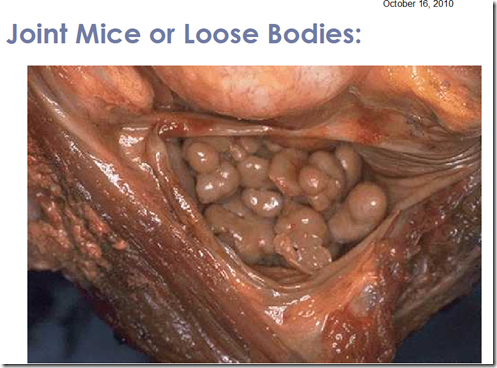
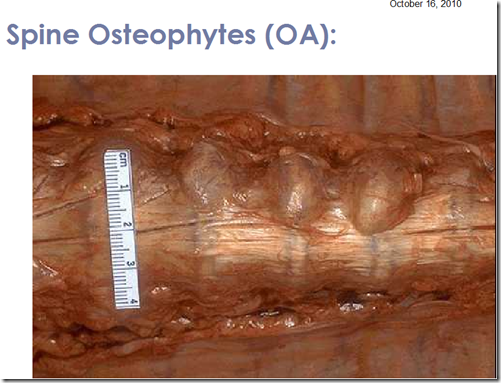
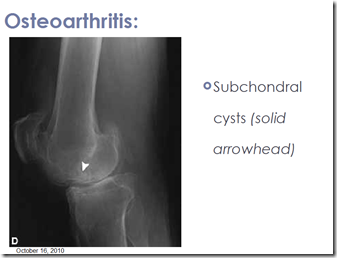
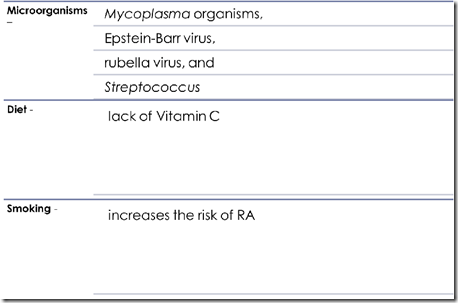



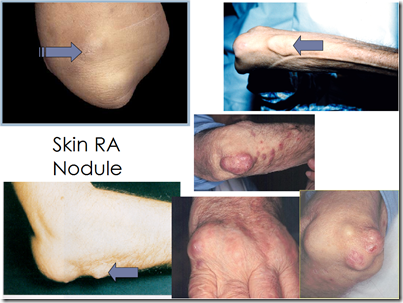
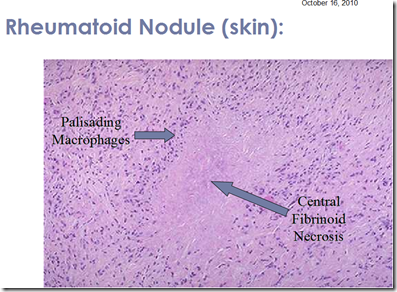
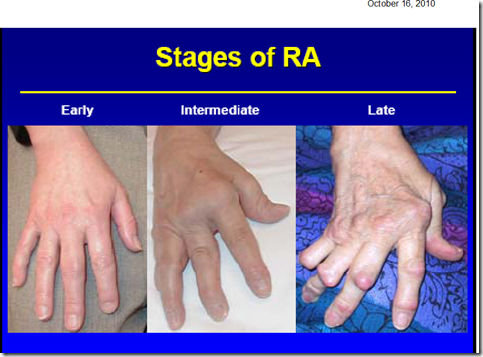
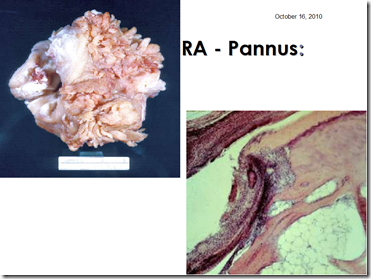

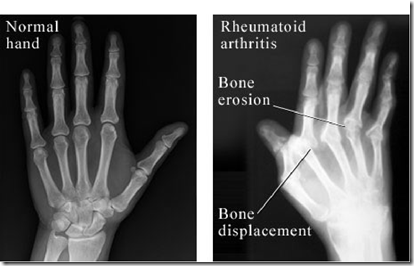
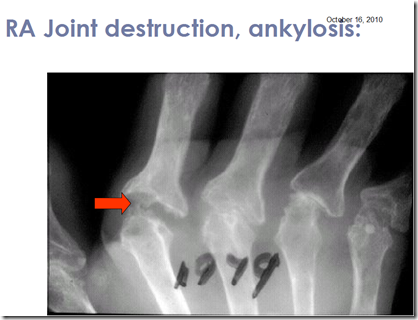
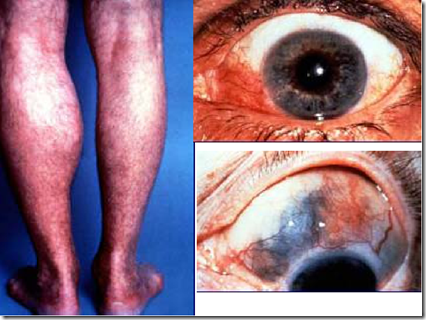
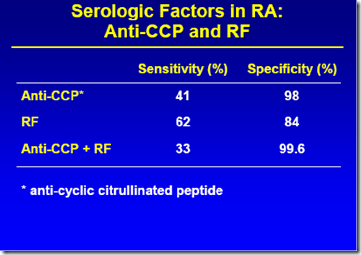

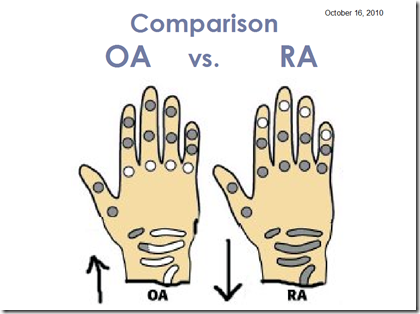
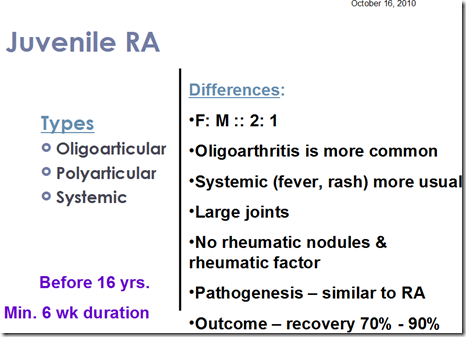
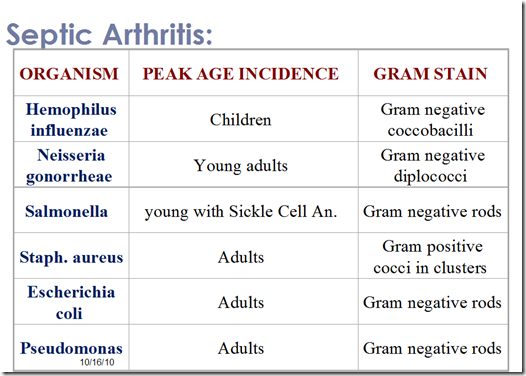
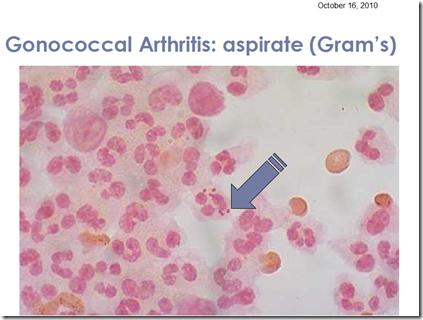
Very awesome post. I recently stopped by because of your site and desired to report that Concerning truly enjoyed browsing you. Any way, I�ll be subscribing to your RSS feed and as well I think post again soon!